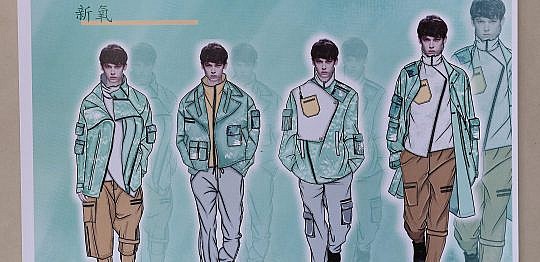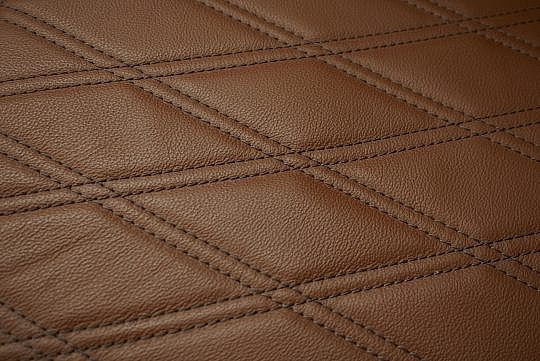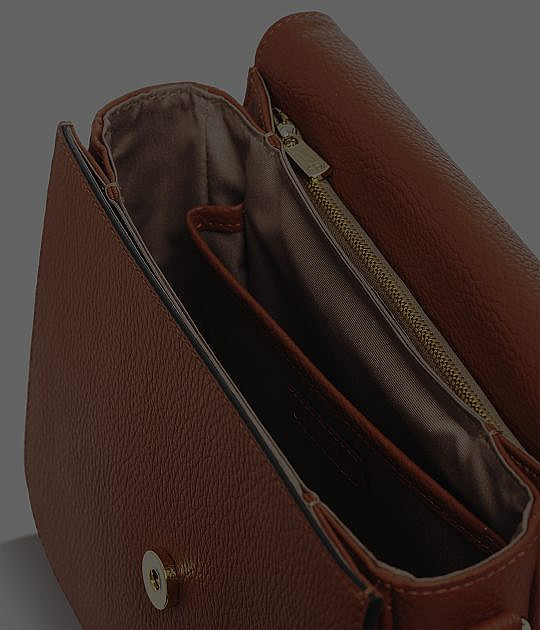
China Design Competition: Lin Fang
We catch up with Lin Fang and discuss the inspiration behind her designs for the Student Design Competition.
When almost every waking moment is spent working to survive, people learn to make the very best of what they have. So when our earliest ancestors killed animals for food, they made sure to use every part of them they possibly could.
Humankind has been drying and using animal hides since prehistoric times. As we have discussed elsewhere on this site, archaeologists have recently carbon dated a leather shoe discovered in a cave in Armenia. It is at least 5,500 years old.
It is safe to say that since that shoe was made, techniques for the treatment of leather have developed, but even in ancient Egyptian times, wall paintings and discovered artifacts show us leather was already being used for many purposes. Sandals, gloves and clothes of course, but also buckets and bottles and even burial shrouds.
The ancient Greeks are generally credited with early discovery of the benefits of tanning to produce soft and durable leather. They used combinations of tree barks and leaves soaked in water to treat hides, and by about 500BC tanning became a well-established trade in Greece.
Use and techniques developed separately in different civilisations across the world. The Romans and Chinese relied heavily on leather for their military equipment, using it protect their soldiers and for harnesses and saddles for horses.
Gradually, as societies developed, manufacturing expanded, the processes used to treat hides became more sophisticated. Tanning became a recognised trade and in the Middle Ages, tanners and craftsmen formed guilds to control material supply and protect their livelihoods.
It was during the industrial revolution of the 18th and 19th centuries that demand for leather soared and techniques for its production developed to meet this. Tough forms of leather were needed for machinery, providing the belts that drove it. But at the same time, it became very fashionable for clothing and softer and more delicate leather was demanded. This coincided with the discovery of chrome tanning which produced leather that could be dyed more easily and was much more supple. Chrome tanning soon became the major technique.
Innovation is now driven more by sustainability than the need to increase production. Chrome tanning is still the main technique used, but the process is becoming increasingly refined. The type of chrome used in tanning, chromium III, is an essential element that aids human metabolism. It should not be confused with chromium VI, which is not used in tanning and can be carcinogenic if inhaled.
Water that is used in the tanning process can now be cleaned, allowing chemicals to be reclaimed and often reused. Recent developments in techniques and technologies have meant that the amount of water used has reduced by 35% in the last 25 years.
These developments mean we can safely say that not only does leather have a long and celebrated history, it has long and sustainable future as well.
For more articles exploring leather and its fascinating history click here.

We catch up with Lin Fang and discuss the inspiration behind her designs for the Student Design Competition.

Here is our quick guide to some commonly used terms in the world of leather.

Think small is where RLSD takes a look at some of the smaller companies around the world that we think are doing the right thing with leather. This is a greenwashing free zone – no matter what they produce, sustainability is at the heart of what they do.

A leather archer’s wrist guard dating back to the 16th century has been found in mud on the Thames riverbank in London.